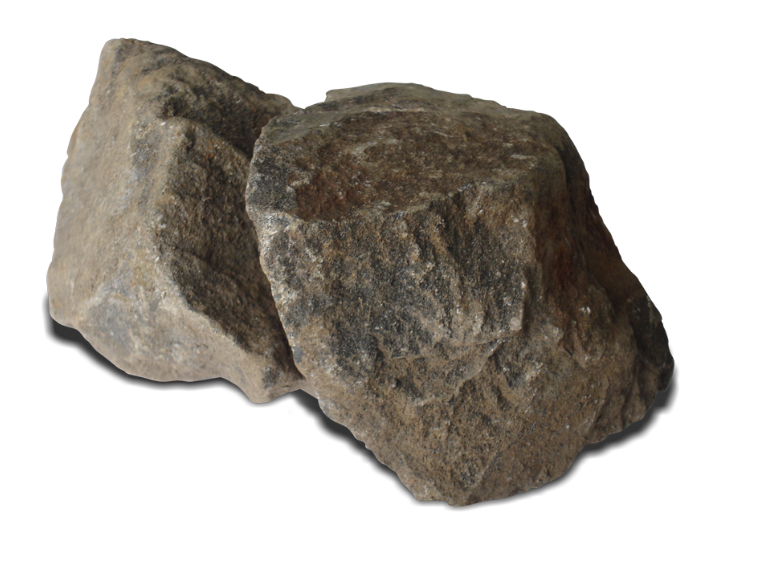What is chrome?
Chromium, also known as chrome, is a chemical element that has the symbol Cr and the atomic number 24. The first element in Group 6 of Mendeleyev’s Periodic Table and the 13th most abundant element in the Earth’s crust. Chrome is found in the mineral chromite or chrome ore.

Where is chrome found?
South Africa and Zimbabwe hold about 80% of the world’s chromite reserves, followed by Kazakhstan and India. Other countries with chromite deposits include Albania, Australia, Brazil, Canada, Greece, Iran, Finland, Oman Sultanate, Pakistan, Papua New Guinea, Russia, Turkey and Vietnam.
Information on chrome reserves can be found on our Market Insights page.
Why is chrome unique?
Always used in combination with other materials, chrome contributes unique qualities. Thanks to these attributes, chrome has a major role in our daily lives and makes a significant contribution to a sustainable society. Many well-known products – from stainless steel to shoe leather and beyond – could not exist without chrome. Countless other products are manufactured using tools or methods that rely on chrome.
Corrosion resistant
Durable and long-lasting
Resilient to extreme temperatures
Recyclable
The strategic importance of chrome
Chrome is strategically important in our world today. It is essential in a diverse range of applications from enabling a hygienic, safe and durable finish in thousands of everyday items, to its use in critical infrastructure and role as a dietary supplement.
Chrome is added to molten iron to provide a range of speciality alloys. The most well-known is stainless steel. It is chrome that makes steel stainless and phenomenally resistant against corrosion. Chrome in alloyed steel applications also increases strength and resistance to corrosion and extreme temperatures. These qualities are vital in demanding industrial environments from nuclear power to aerospace and military applications. Chrome also provides a high level of hygiene making it ideal for applications in food production, as well as medical environments including operating theatres.
Chrome’s many states
Chromium 0
(Cr0)
Cr0 is safe, inert, stable and resistant to chemical changes such as oxidation or rust. Metallic Cr0 is found mainly in alloys such as stainless steel and superalloys, but also in chrome-plated objects and pure metallic chrome articles. Over the last sixty years, stainless steel has made it possible to significantly improve hygiene in the food industry, in hospitals and in the home.
Metallic
Inert and stable
Chrome plated surfaces and stainless steel
Non-hazardous
Chromium III
(CrIII)
Trivalent CrIII occurs naturally in the environment and is the most stable form, both in nature and in biological systems. It is an essential micro-nutrient in the body and combines with various enzymes in transforming sugar, protein and fat. CrIII is also used in a number of commercial products including dyes, paint pigments and salts for leather tanning. Only trivalent chromium salts have tanning properties.
Trivalent
Stable
Naturally occurring in the environment
Non-hazardous
Chromium VI
(CrVI)
Hexavalent CrVI is not naturally occurring and may occur as a result of industrial processes such as welding or smelting. These processes must be managed under very strict conditions to protect workers health and the environment.
Hexavalent
Unstable
May occur as a consequence of industrial processes
Hazardous
Discover more about chrome
For the latest market data on the global chrome and ferrochromium markets, as well as chrome ore resources, visit our Market insights page.
For more detailed information on a particular subject, the ICDA has an extensive scientific database including numerous peer-reviewed studies, reports, and scientific publications about chromium.
These reports are available to members in our member resources area of the website. Not yet a member? Contact us to find out more about joining ICDA.
